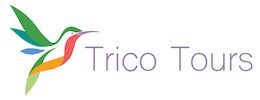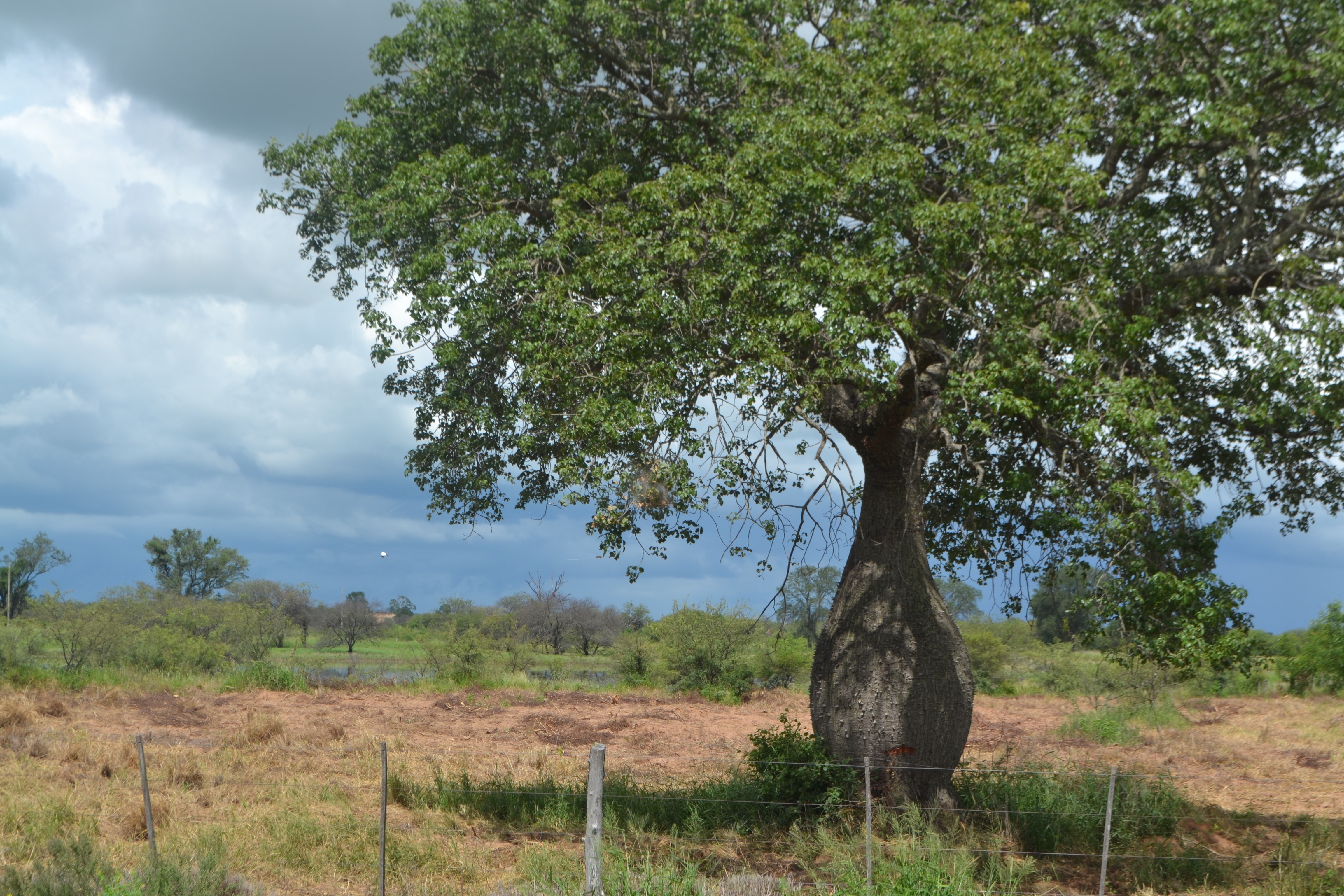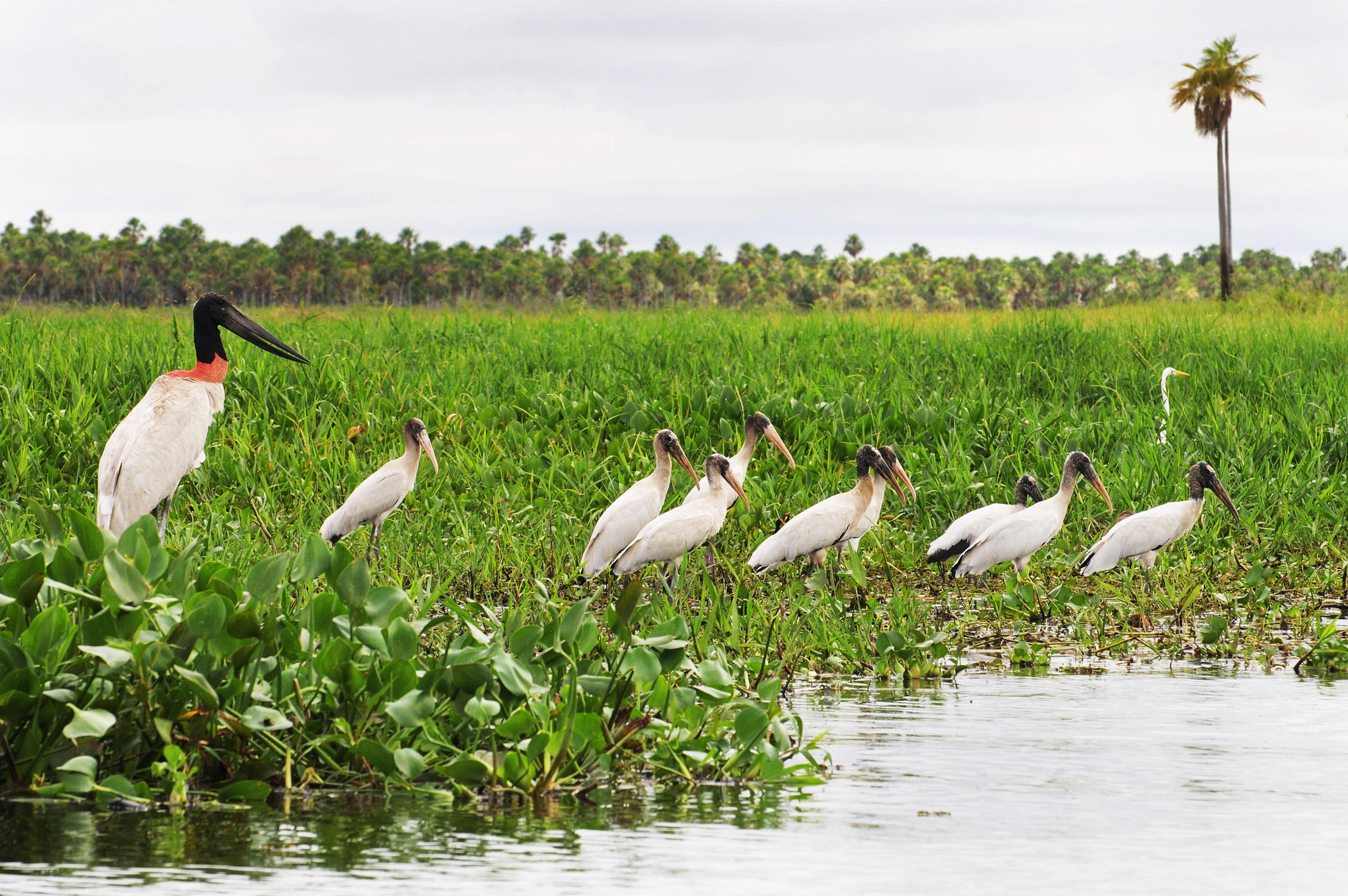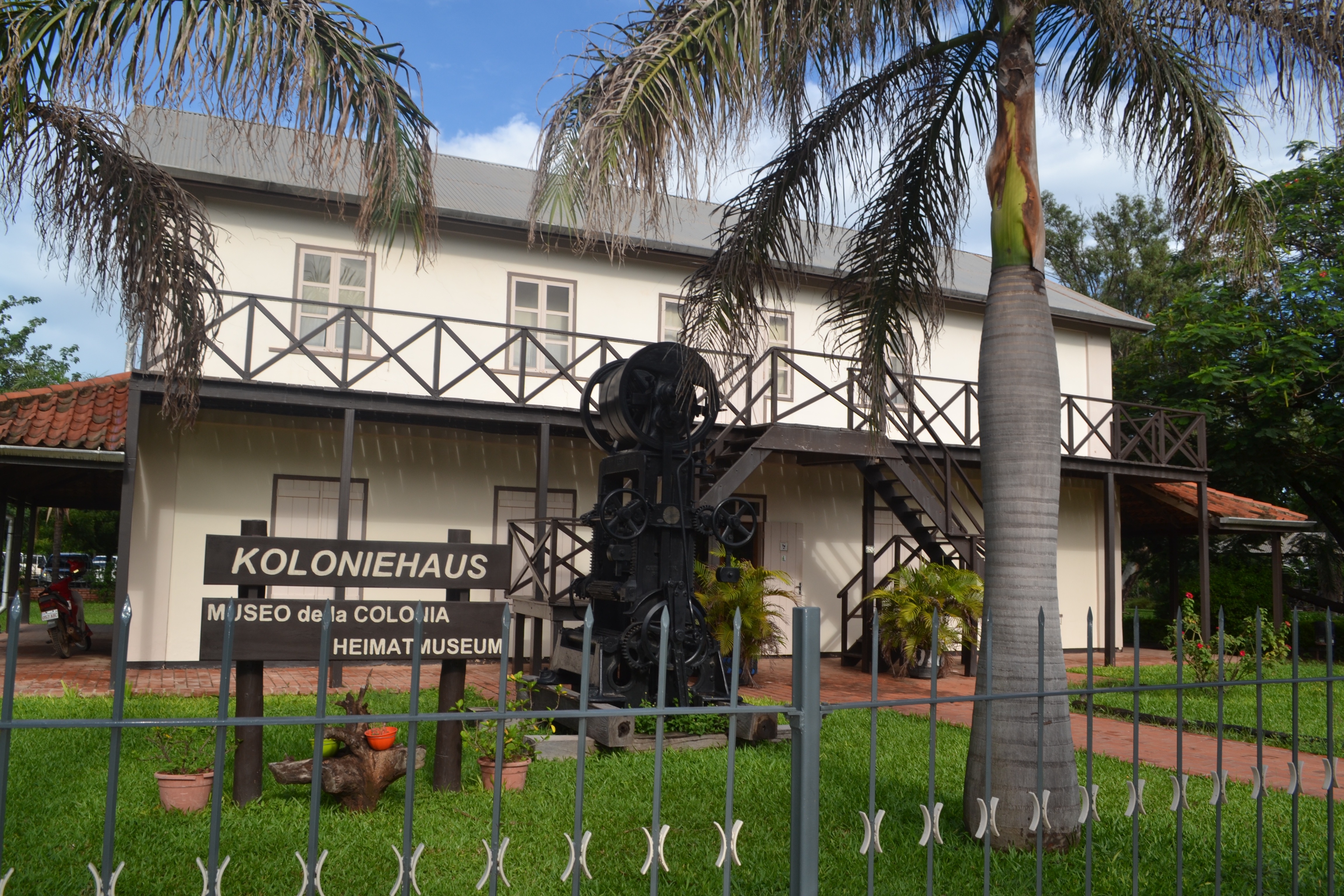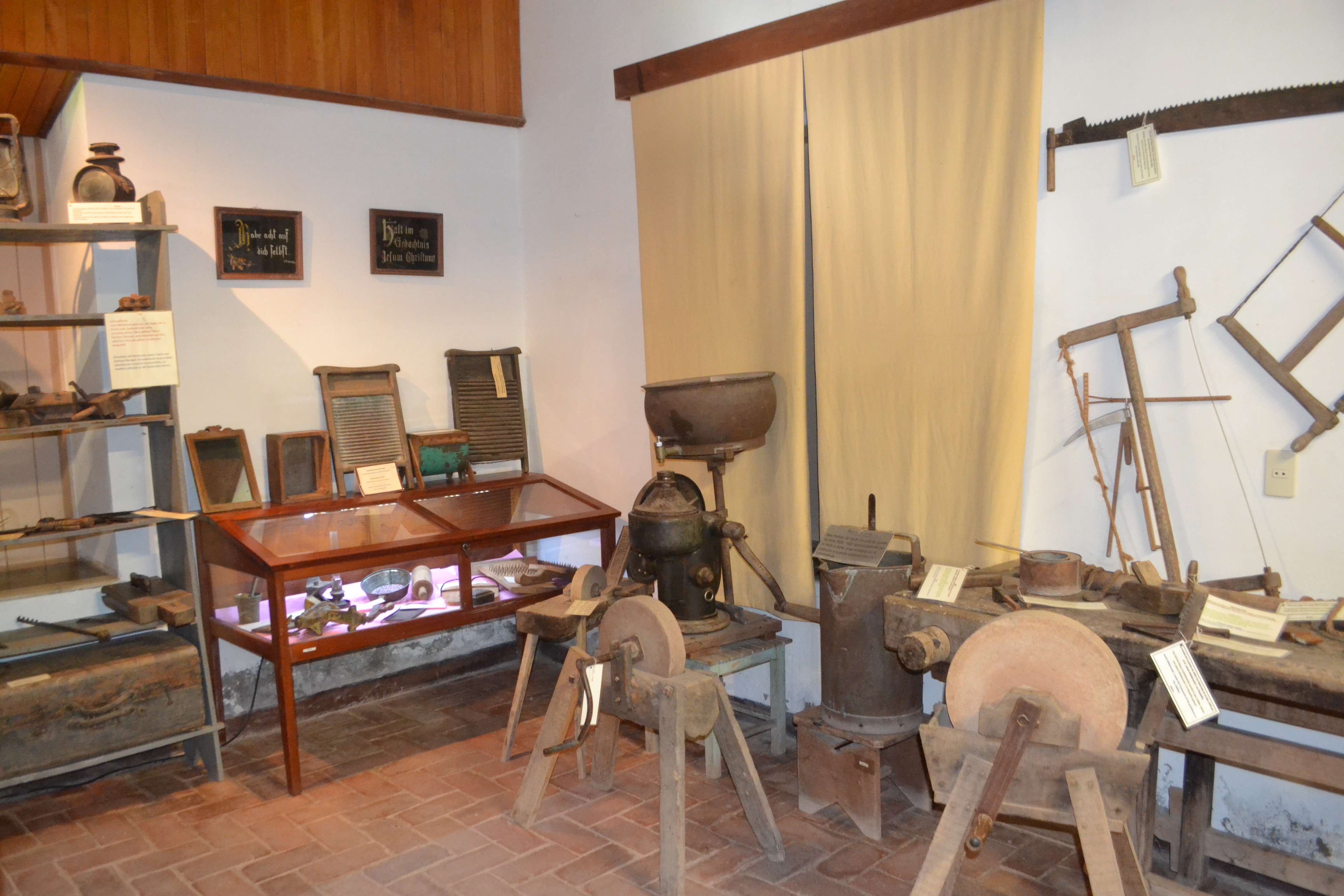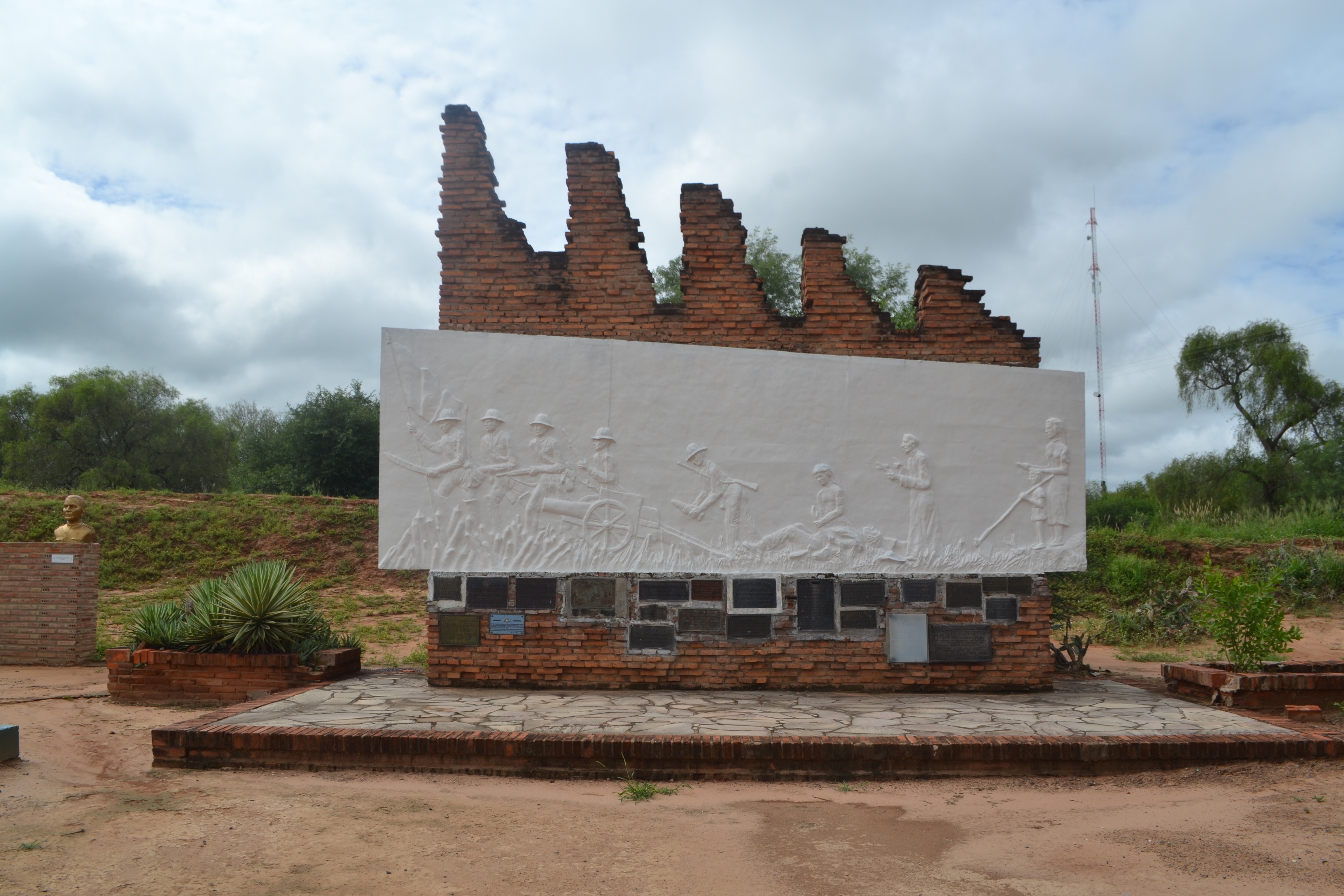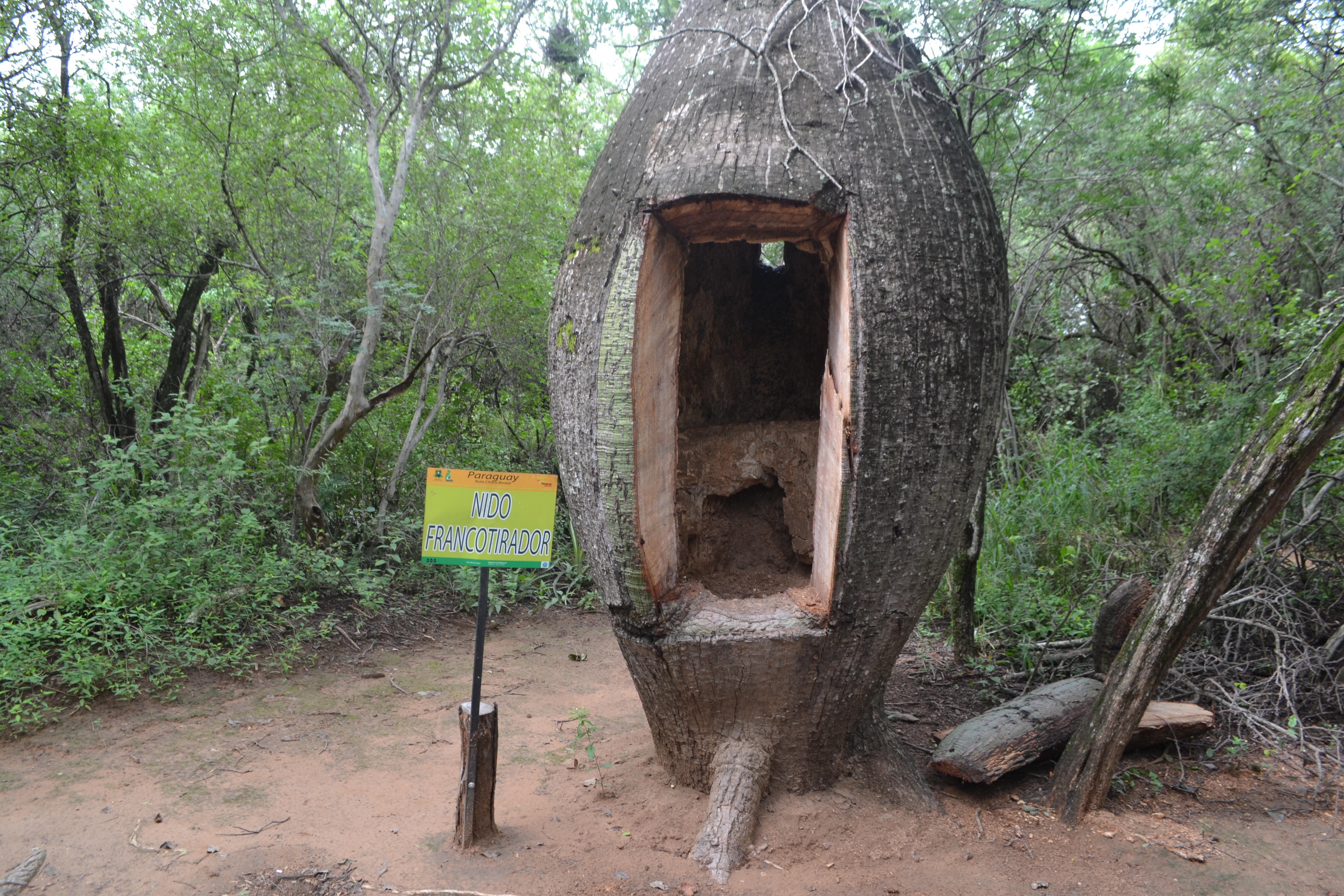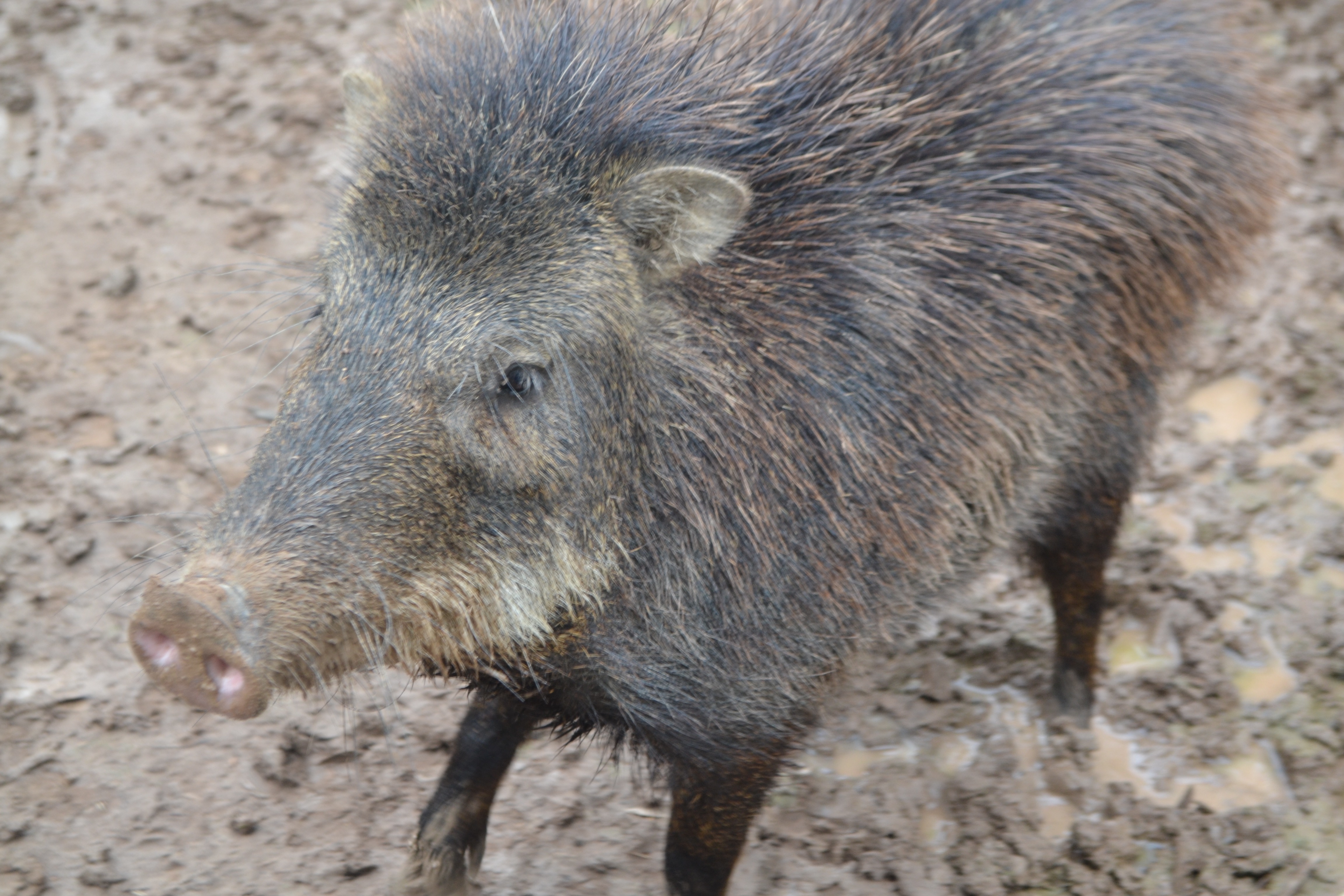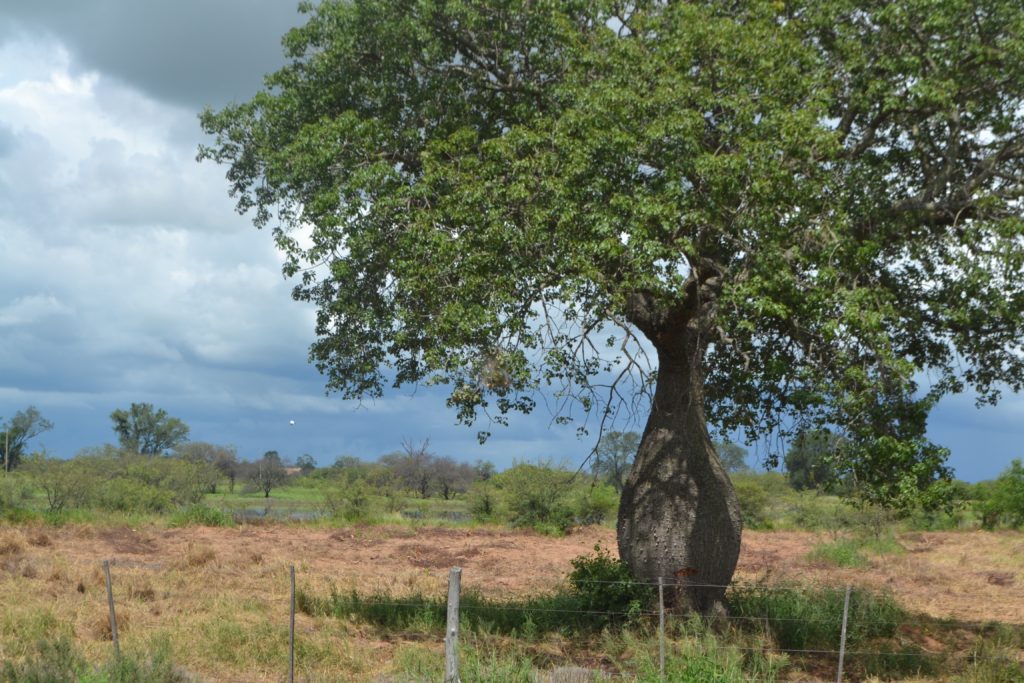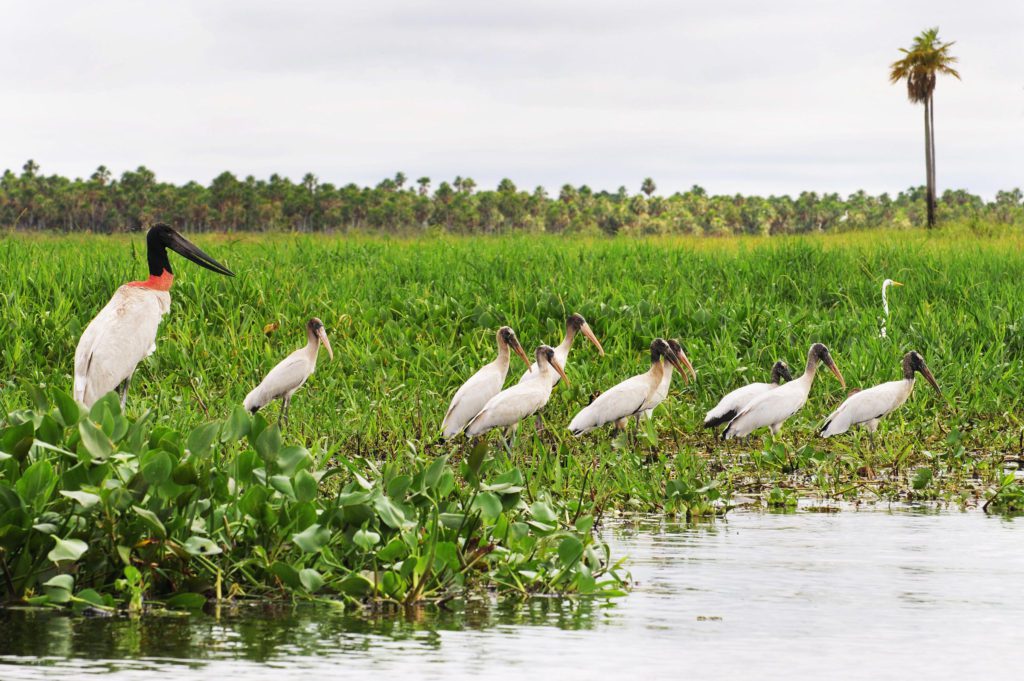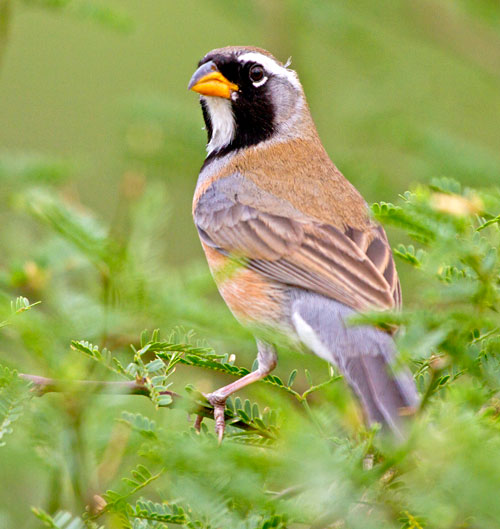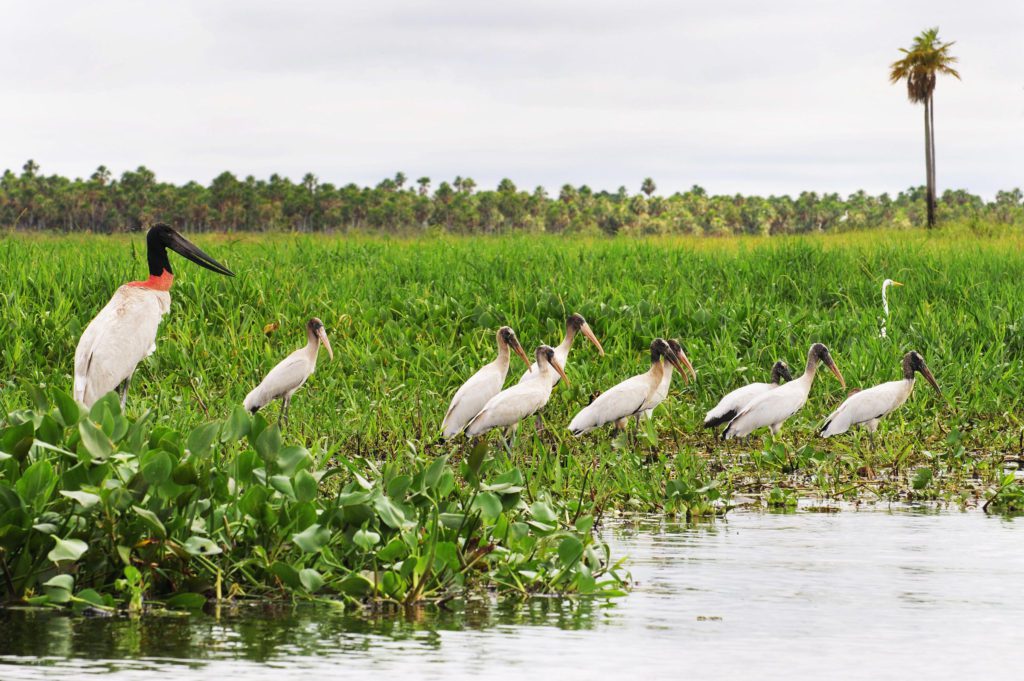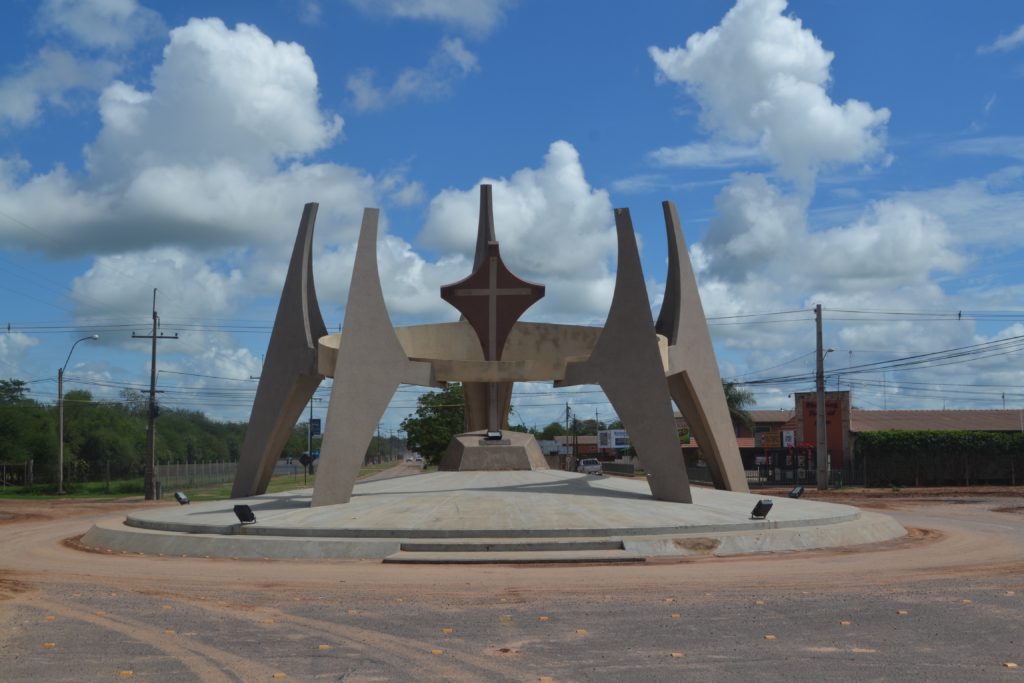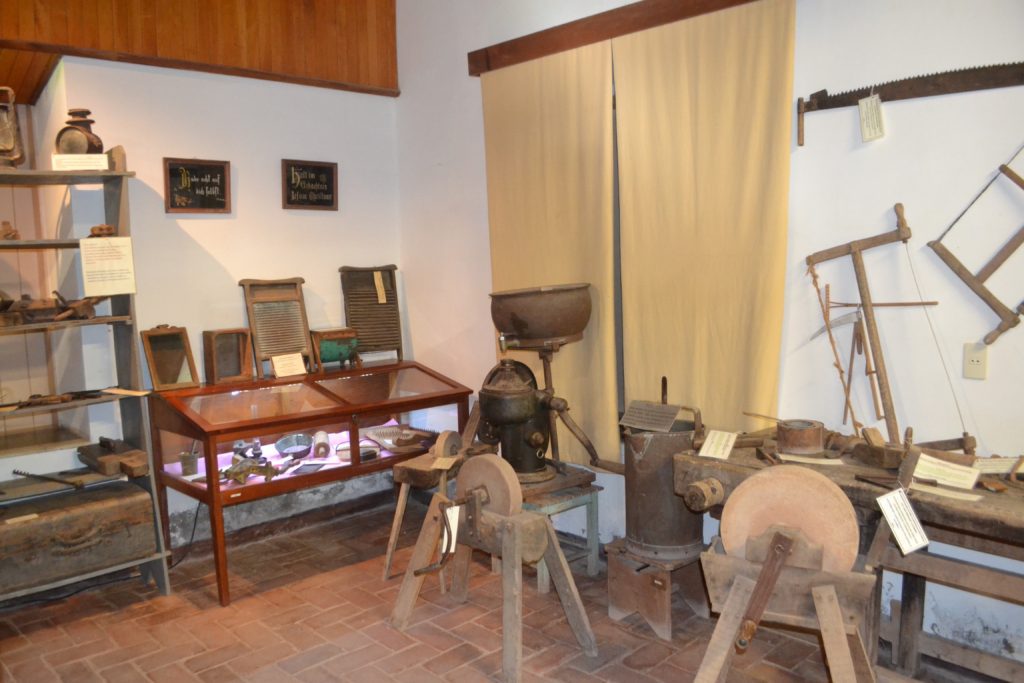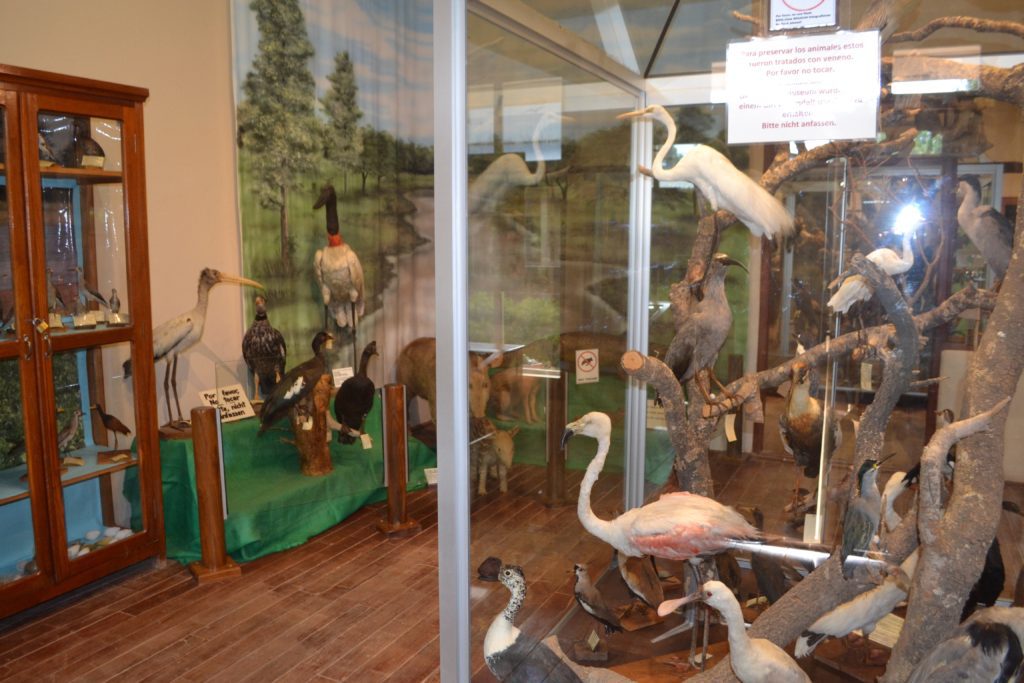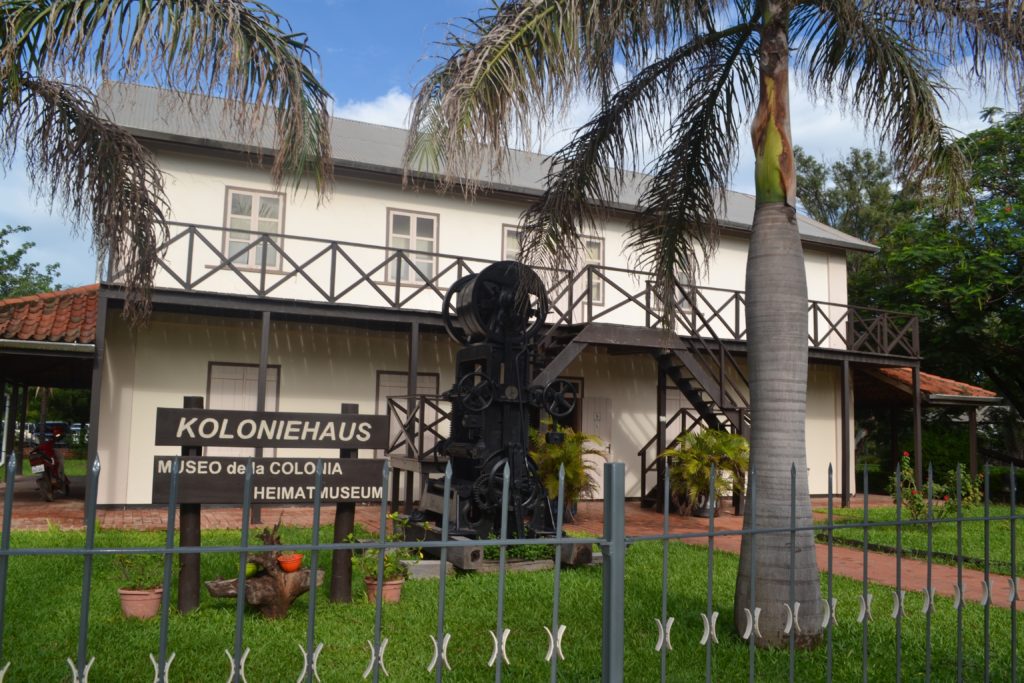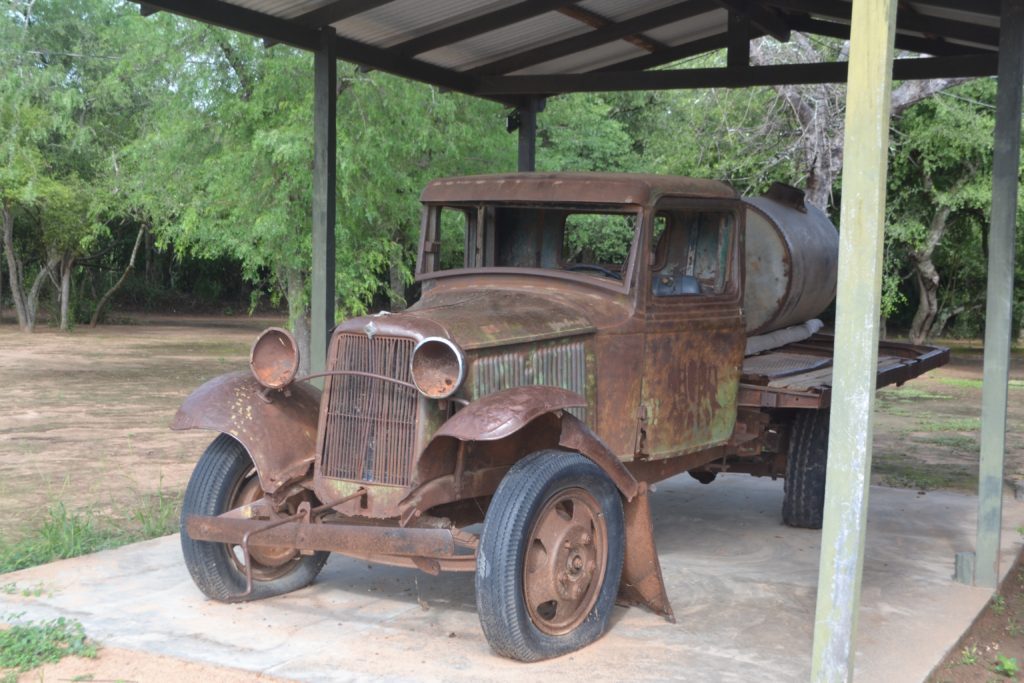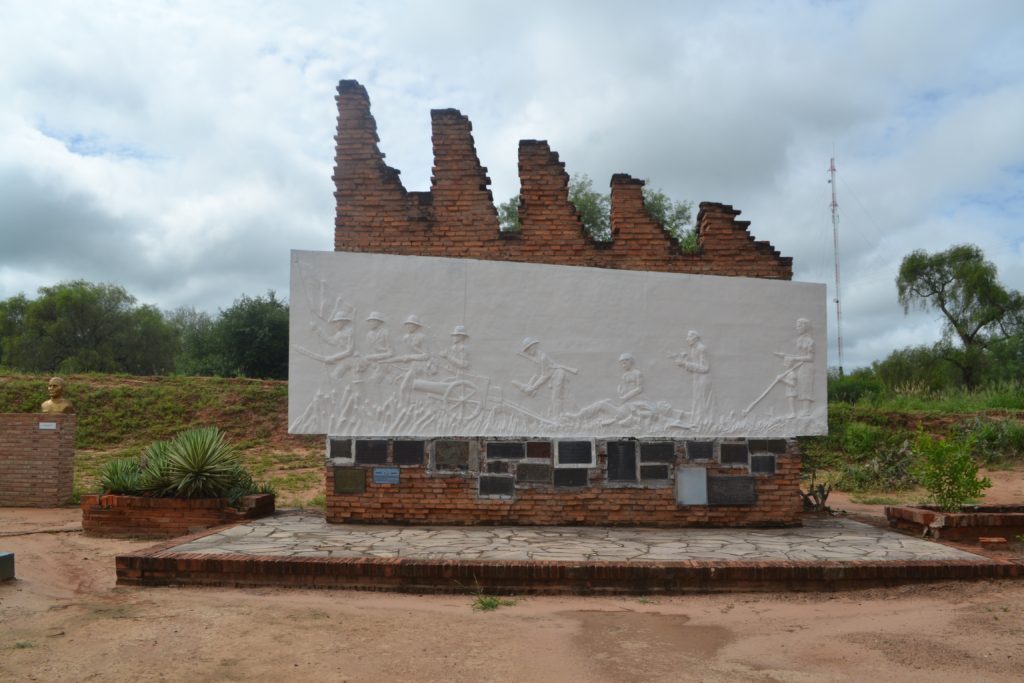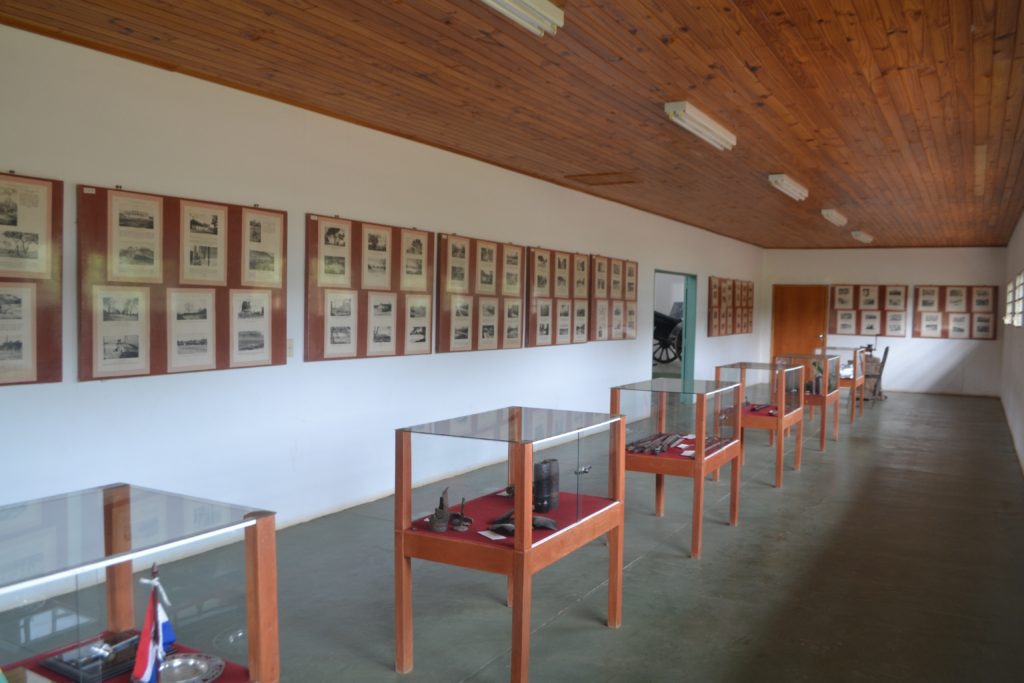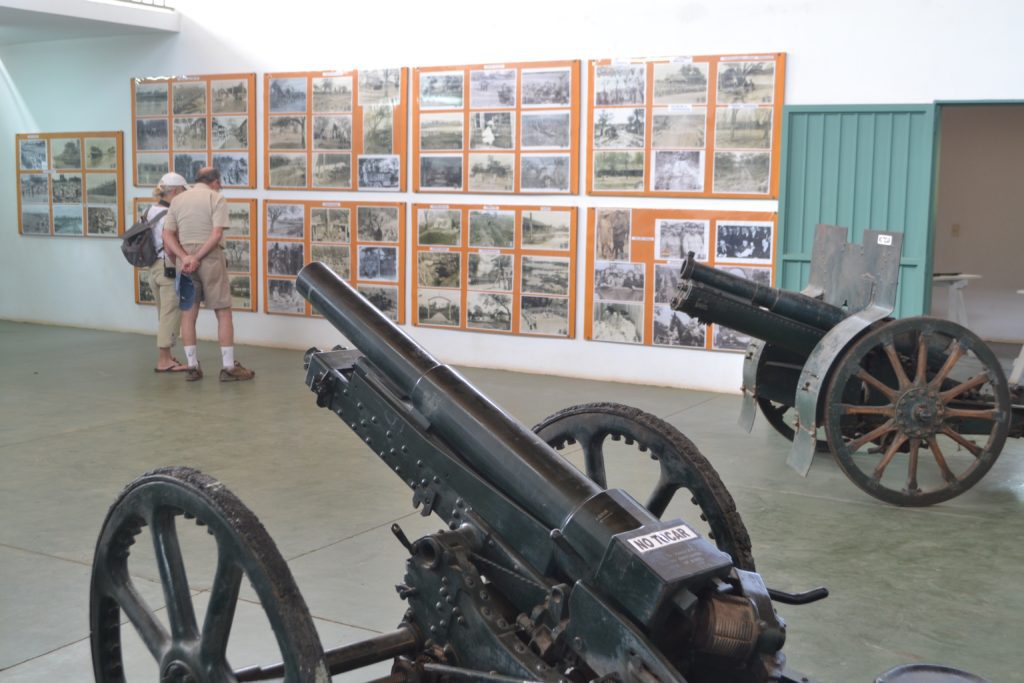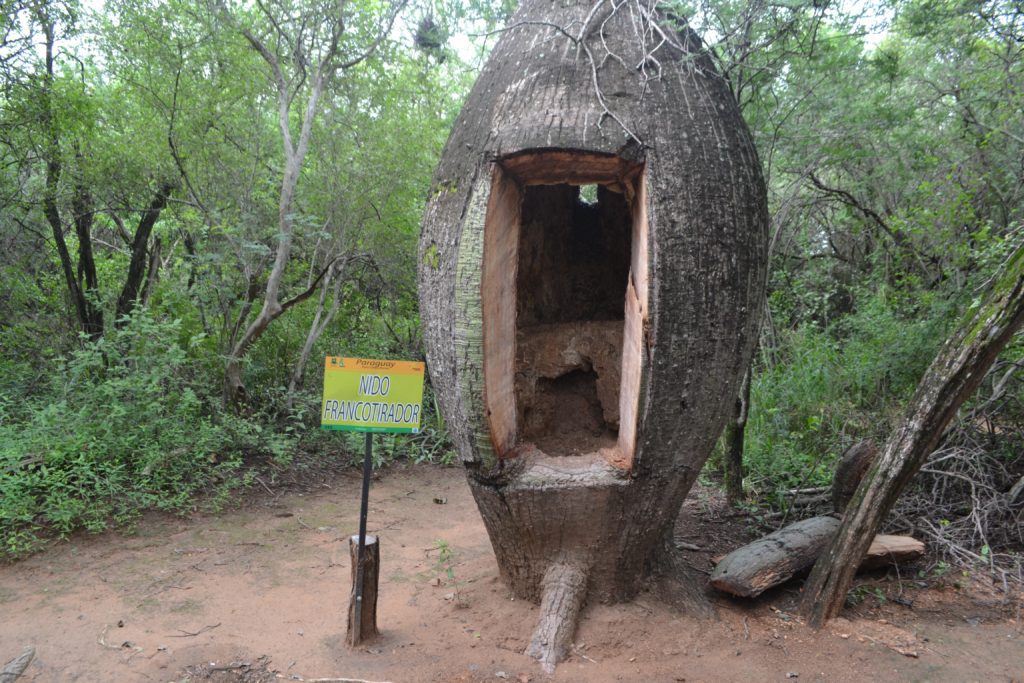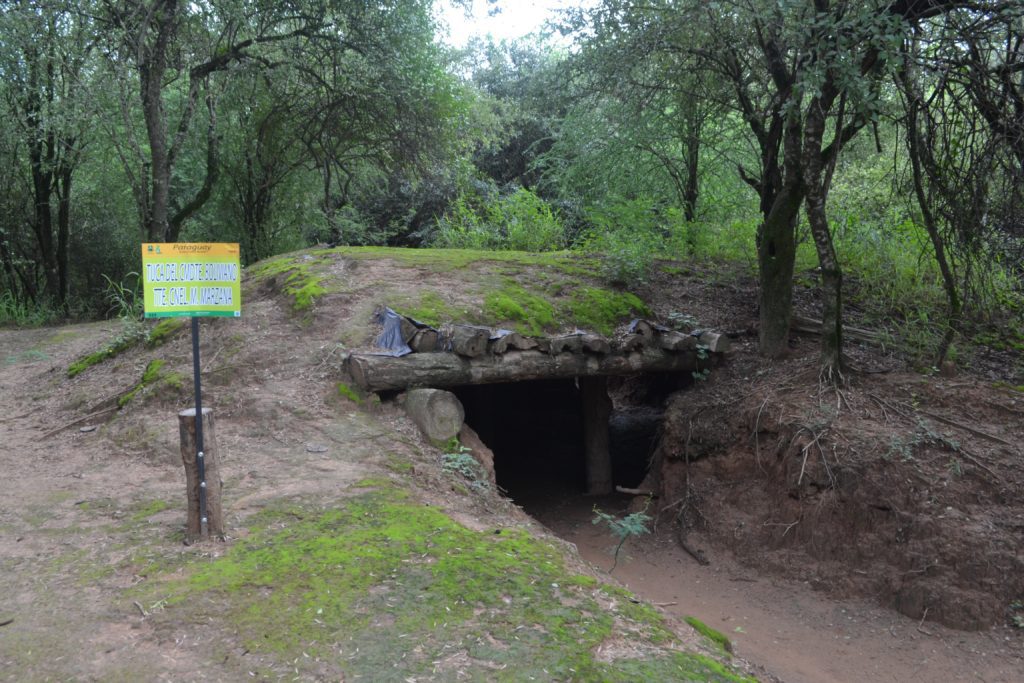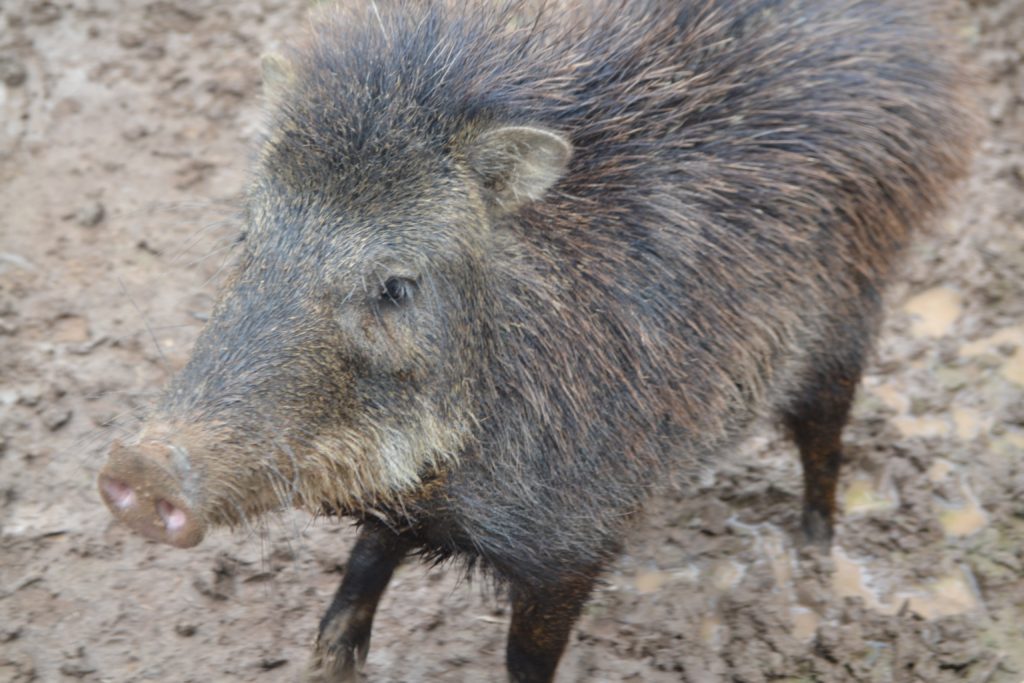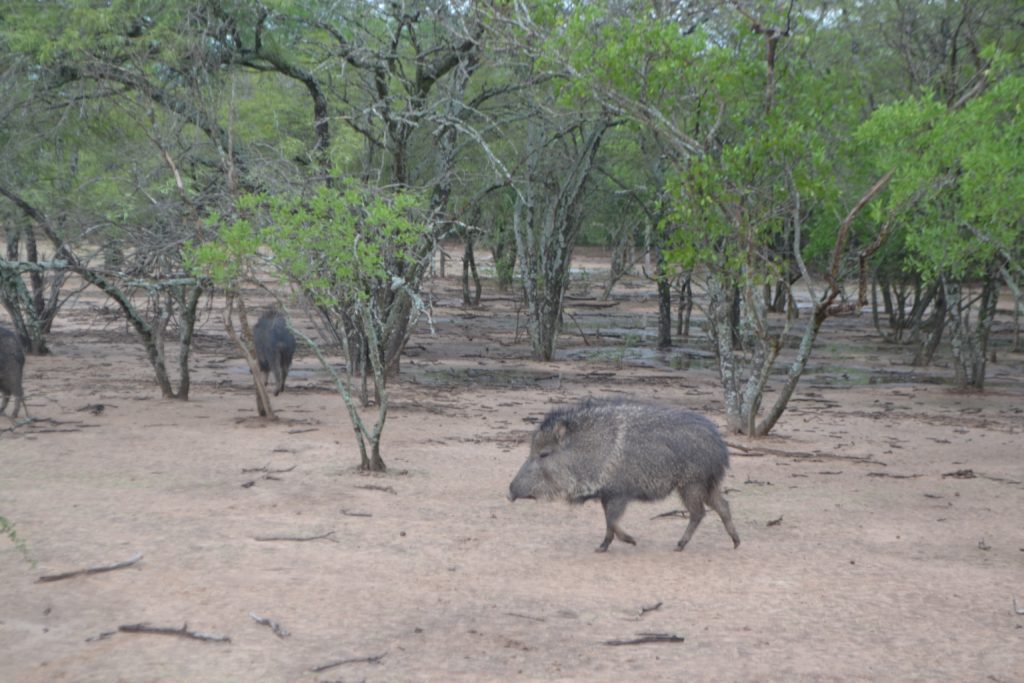The Chaco Region
Length of tour: 2+ days
West of the Río Paraguay is the Chaco, a remarkable area of marshes and farmland. Agriculture and cattle raising in the Chaco has been developed and modernized by German-speaking Mennonites. There remains a substantial population of indigenous peoples in the region. Birdlife is spectacular in the Chaco.
The Chaco was once considered harsh and uninhabitable because the water table under the Chaco is salty and non-potable; local residents must collect and preserve as much water as they can during the rainy season (November-February) in order to weather the dry season (May-August).
Destination Highlights:
Jakob Unger Museum, Filadelfia
Visit the Mennonite museum in Filadelfia to learn about the history of the Mennonie's colonization of this harshest of environments and visit the natural history museum to learn about wildlife from the region.
Museum of the Colonia Menno, Loma Plata
Museum dedicated to the emmigration of the Mennonites out of Canada and into Paraguay. The process of the initial settlement in the Chaco, the hardships of the first years of colonization are excellently displayed through a very nice selection of photographs.
Trébol Dairy Plant, Loma Plata
The largest factory, a major industrial plant in Paraguay, produces dairy products (milk, cheese, yogourt, etc.) under the brand Trébol. More than 70 millions liters of milk are produced at the factory and shipped throughout Paraguay each year.
Fortín Boquerón
Fortín Boqueron is the site of the most famous battle in the Chaco War. Fort Boquerón, in the middle of nowhere, one can vividly imagine what was the so-called "war of thirst", in which 100,000 combatants lost their lives. There is a nice museum here, as well as the remains of a trench and hollowed-out palo borracho tree that was used as a sniper's nest, which despite being gutted more than 70 years ago, the tree is still alive!
Fortin Toledo
A historic site from the Chaco War (1932-35) where one of the major battles of the conflict took place between 26 February and 10 March 1933. Two cemeteries, one Paraguayan and one Bolivian, honor the over 1000 soldiers from both sides who died in combat during the battle.
Chaco Research and Conservation Center
A research center dedicated to the conservation of the peccary (known locally as taguá). Once considered extinct, they were discovered in the Chaco and it is possible to see the peccary up close at the Center, located next to Fortin Toledo.
Indigenous Community
It is possible to visit some of the indigenous communities; the visit must be organized well in advance.
Salt Lake Lagoon
During the afternoon, weather permitting, head out to the salt lakes of dry Chaco and salt lagoons. The Chaco region is home to some fascinating and rare species of birds and other wildlife.
Make it your own!
We specialize in providing custom tours based on your interests.
Tell us about your interests by completing the custom tour request form or call to chat about your interests and trip options with a Trico Tours travel specialist.
+1-612-598-7507 (mobile and WhatsApp).
